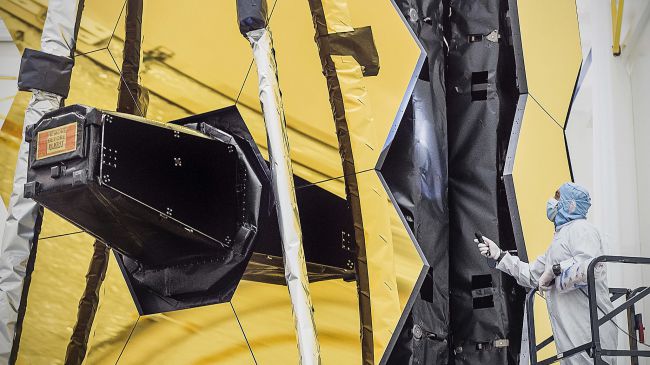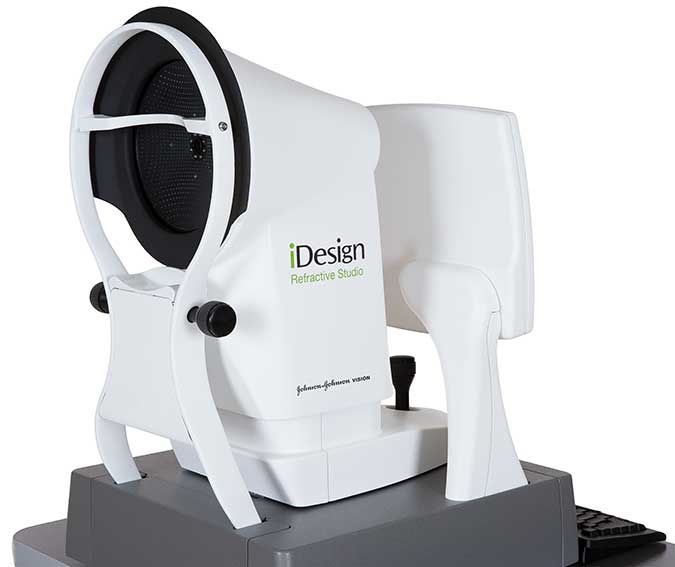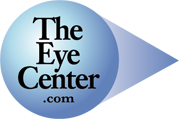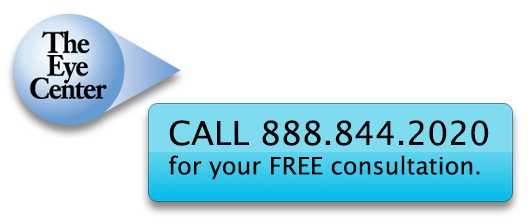Customized LASIK Treatment with iDESIGN
The new iDESIGN provides surgeons with the ability to deliver one-of-a-kind custom laser vision correction for each patient to have excellent visual outcomes following their LASIK procedure.
This is a major advancement for patients who are over 40 and are frustrated with their reading vision. In fact, nearsighted patients reported significant improvements in all measures of visual functioning including near vision. Plus, with iDESIGN 2.0, more people are candidates for LASIK, even those with higher Astigmatism.
With over 30 years of experience, when it comes to LASIK go with the first name that comes to mind… Dr. Boutros! So if you have been thinking about getting LASIK, then now is the time to see what you’ve been missing.
Call The Eye Center at 1-888-844-2020 to schedule your FREE consultation and learn more about the new iDesign 2.0 for LASIK.

iDesign 2 LASIK – IN THE NEWS!
An upgrade to the optic technology on NASA’s James Webb Space Telescope has been used to improve the eyesight of humans on Earth.
New space technology has since been applied to eye surgery, allowing doctors to create a high-definition map of a patient’s eye to aid in LASIK procedures.
During such a procedure, a laser reshapes a patient’s cornea, the very surface of the eye. That reshaping allows LASIK to treat nearsightedness, farsightedness or astigmatism. The new method of preparing for LASIK, called iDesign, improves upon previous eye-mapping technology, providing five times more data points in mapping the aberrations and irregularities of a patient’s eye.
Read full article on SPACE.COM
FDA Approves the Next Generation of Customized LASIK Treatment with iDESIGN Refractive Studio (Press release)
Santa Ana, CA. (June 18, 2018) – Johnson & Johnson Vision announced today the U.S. Food and Drug Administration (FDA) approval of the iDESIGN Refractive Studio, making it the only system to use topography-integrated, wavefront-guided technology.2 This allows doctors to take a precise measurement of the eye inside and out to deliver a LASIK procedure personalized to the individual patient. It is approved for myopia, hyperopia, and mixed astigmatism. Additionally, it is the only available LASIK platform indicated for monovision LASIK in presbyopic myopic patients. Monovision is a procedure designed for patients over 40 years old who are experiencing blurry near vision due to aging of their eyes. In the U.S., an estimated 130 million people3 could potentially benefit from a monovision procedure, which includes improved distance and near vision.
“As a practicing ophthalmologist for more than 25 years, I know firsthand the importance of taking precise measurements and tailoring LASIK procedures for each patient,” said Jonathan Talamo, MD, Chief Medical Officer and Worldwide Vice President of Medical and Clinical Affairs, Johnson & Johnson Vision. “The new iDESIGN Refractive Studio provides surgeons with the ability to deliver one-of-a-kind custom laser vision correction for each patient to have excellent visual outcomes following their LASIK procedure.”
In a single, three-second scan, the iDESIGN Refractive Studio offers a new level of customization for patients. Each treatment plan begins with a wavefront analysis to measure how light travels inside the eye, detailing the imperfections in a patient’s vision. The corneal topography scans the outside surface of the eye, measuring and analyzing tiny variations in curvature and elevation. The combination of the two measurements delivers a custom LASIK procedure tailored for each eye.
“The ability to perform monovision LASIK with iDESIGN Refractive Studio will benefit many patients and I’m proud to have been a part of that clinical investigation,” said Robert Maloney, MD, Maloney Vision Institute. “More patients are experiencing better quality outcomes with LASIK procedures and wavefront-guided treatments. This technology is truly revolutionizing how we measure and treat refractive errors.”
The majority of patients see 20/16 or better six months after laser vision correction based on clinical studies.4
Next Generation of Customized LASIK Treatment
The new iDESIGN Refractive Studio provides surgeons with the ability to deliver one-of-a-kind custom laser vision correction for each patient to have excellent visual outcomes following their LASIK procedure.
- Next generation LASIK platform that measures the eye inside and out to enable highly precise personalized vision correction
- Only available LASIK platform indicated for monovision LASIK in presbyopic myopic patients
- 25 times more precise than the traditional way of measuring refractive errors which rely on subjective input1


Customizing your LASIK surgery means tailoring the surgery to suit your specific vision needs – not just leaving it up to an educated guess. At the very pinnacle of modern custom LASIK technology is the iDesign system.
When you’re chosen to be among the first in the world it says a lot about your reputation, your character, your experience. Which is why it’s no surprise that Dr. Ayman Boutros was chosen among the first surgeons in the world to offer the breakthrough technology iDESIGN 2.0 to his LASIK patients.
The new iDESIGN 2.0 LASIK is now available from Dr Boutros and The Eye Center delivering a LASIK procedure personalized to the individual patient.
iDesign 2.0 iLASIK – Patient Education Video
iDesign 2.0 LASIK
– Approved for myopia, hyperopia, and mixed astigmatism. Additionally, it is the only available LASIK platform indicated for monovision LASIK in presbyopic myopic patients.
– More patients are experiencing better quality outcomes with LASIK procedures and wavefront-guided treatments.
– This technology is truly revolutionizing how we measure and treat refractive errors.
1 Phoropter measures in 0.25 D increments. Wavefront Aberrometer measures in 0.01 D increments. 25/1 = 25
2 iDESIGN Refractive Studio treatment calculations are made using wavefront measurements, and use either measured topography or keratometry for propagating the wavefront and compensating for the cosine effect (peripheral loss of laser energy due to corneal curvature)
3 2017 Market Scope Global Refractive Report
4 Based on clinical studies using prior generation Advanced WaveScan Studio

